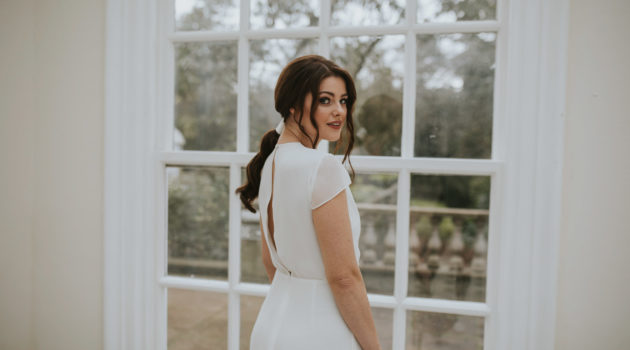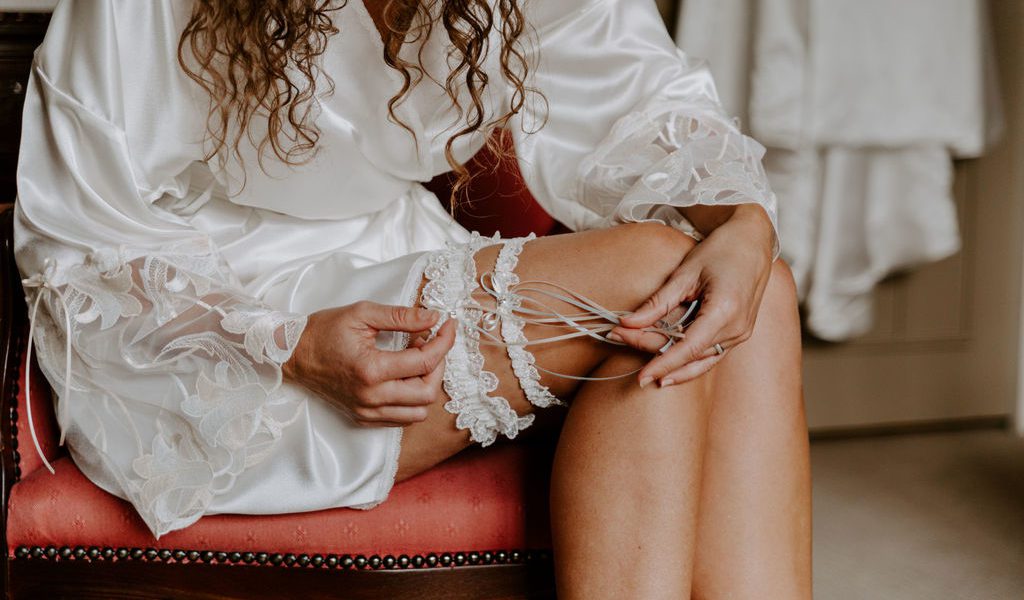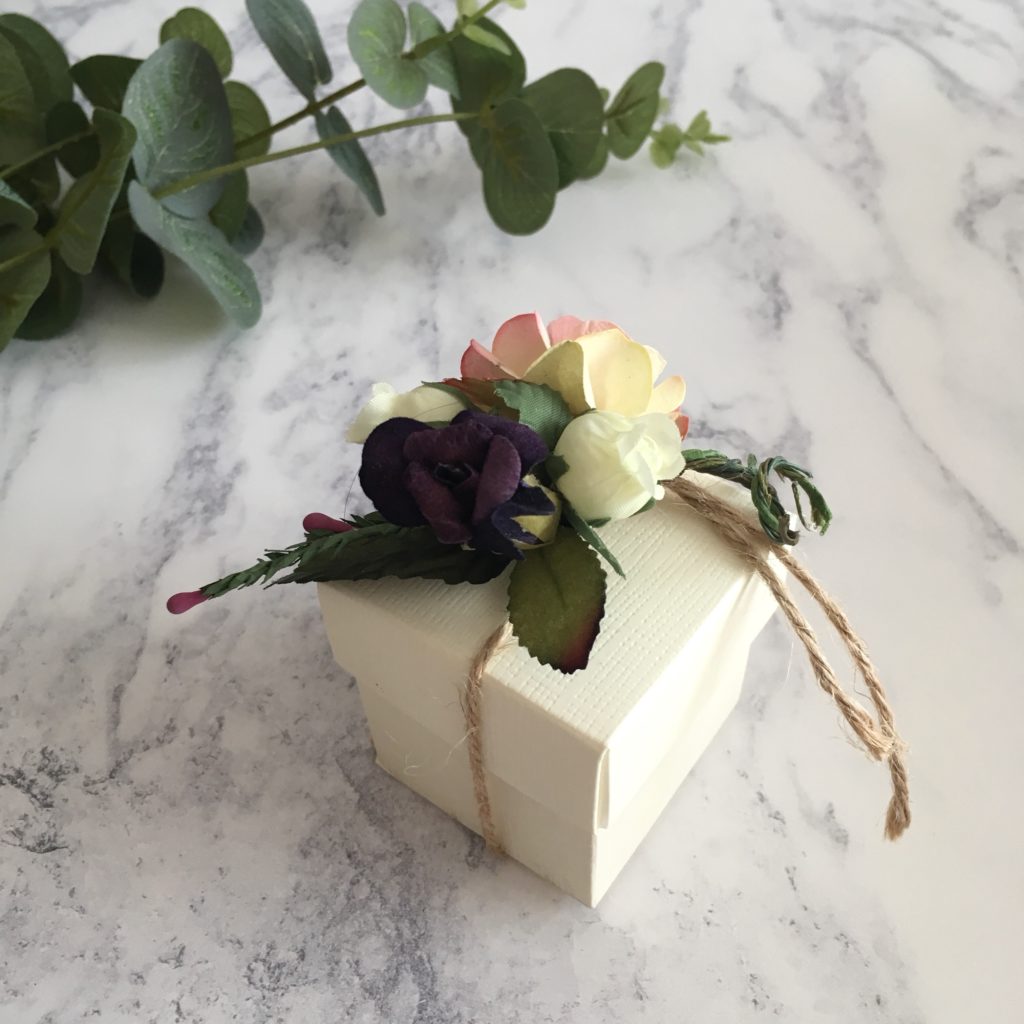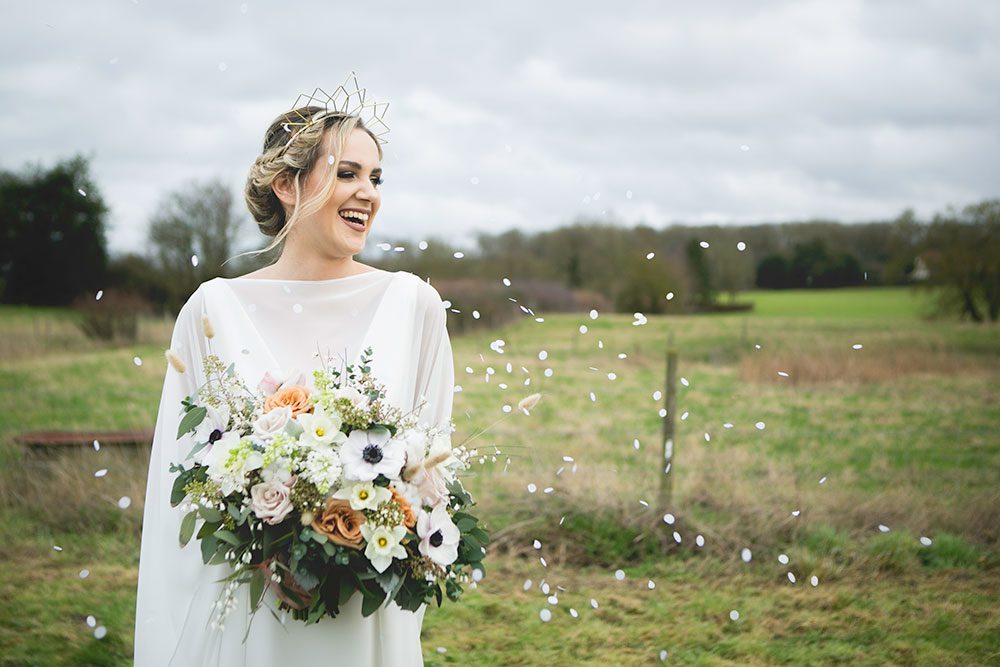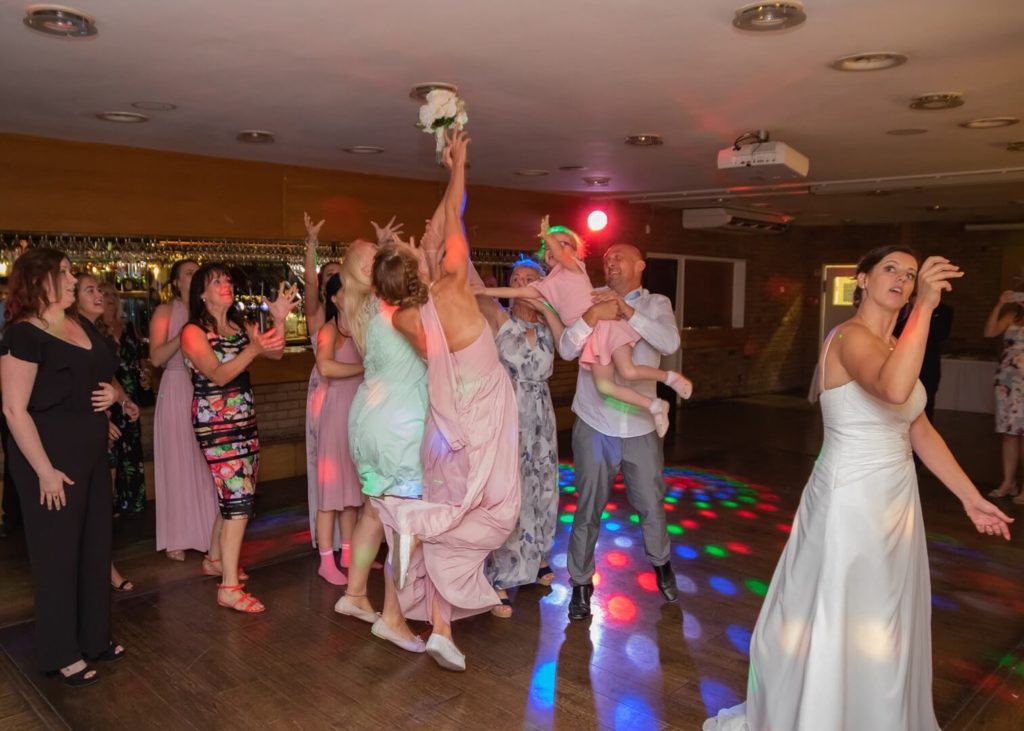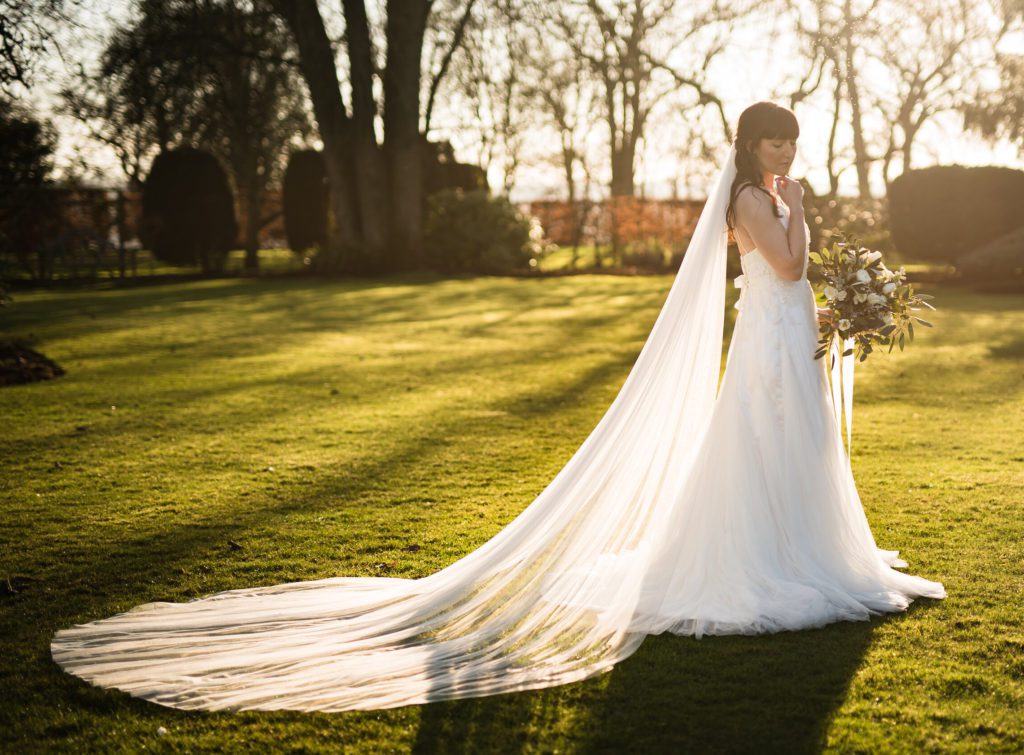
Top Traditions Bride and Grooms Love to Honor
Something Blue
The colour blue symbolises both purity and fidelity. It is a very traditional colour for weddings, especially for wedding dresses themselves. It is linked to early Christianity, to the virgin Mary who is depicted wearing a blue robe.
I personally like to add a blue ribbon to all my brides dresses to ensure they have ‘something blue’ on their wedding day.
Favours
Wedding favours date back centuries and are considered traditional at Wedding receptions. Many European countries such as France, Italy and Greece. In fact it has been said that couples have been giving favours to their guests since the Middle Ages. It wasn’t always the general society who offered Italian wedding favours to their guests, It was originally a luxury limited to the aristocracy and the wealthy, whose lavish offerings were intended to display the wealth and power of their family.
The French used to give “Bombonieres” to their guests. These were well presented boxes, normally made of crystal or porcelain and would contain Bombons. (sweets)
Today couples opt for more practical bomboniere like candles or a small photo frame still including the traditional sugared almonds. These are usually given one per family. Table favours are becoming more popular too and given as small boxes filled with the sugared almonds alone on each place setting. The confetti (or sugared almonds) represents the bitter-sweet union of marriage. The number of confetti, is always an odd number & usually five, and symbolise fertility, happiness, health, longevity and wealth.
(words by @bombonierebymaria)
Rice or Confetti
Grain or rice is linked to fertility and in years gone by if farmers had a lot of rice growing in their fields they were said the be very prosperous.
Throwing rice at weddings symbolises prosperity and fidelity so to throw rice at a wedding basically ‘showers the couple with good fortune’ Rice has fallen out of favour in recent years (it’s not good for birds) being replaced with more ecological options, bubbles and sparklers.
Tie the knot
There are many versions of the story behind Handfasting. Most commonly it is said that it was a Celtic tradition which was used in England from the 12th to 17th Centuries. It is a ceremony thought to have been used by way of a trial or Engagement period before the church wedding took place, usually around a month later. The term handfasting literally means “to make fast of a pledge by the shaking or joining of hands”. It’s also said to have been the origin of the term “Tie the Knot”
Handfasting has recently seen a comeback within wedding ceremonies. It is a very symbolic way to show the unity of two becoming one and is often tied before the couple make their promises (vows). There are many ways to perform a handfasting. Usually cords or ribbons are used but sometimes a sash or stole (particularly in religious ceremonies). Often the coloured ribbons will each have a meaning that will be explained during the ceremony – such as white for new beginnings, yellow for happiness and red for strength. Some couples simply use the colours to match their colour scheme. As with every aspect of a Celebrant led ceremony, there are simply no rules and you can use the symbolism to be anything you want it to be.
There are also different ways of tying the ribbons. Kelly Hawes Wedding Celebrant says “Personally I like the couple to hold their left wrists together and clutch forearms – in a way that allows their wrist pulses to be touching. I tie the ribbon and give each one an end to hold. The couple stay tied like this as they exchange their vows and then, when they are complete, I ask them to let go of each other but not the ribbon, and slowly pull apart – this action ties the knot in the ribbon and I ask them to hold it up as I announce “they have just tied the knot!”
(words by @kellyhcelebrant)
Tossing the bouquet
We know that bouquets originally incorporated herbs and flowers that carried special meanings but why do brides toss the bouquet? Tossing the bouquet replaced the bride throwing her garter, which in previous centuries’, would often result in the brides being mobbed by a menfolk at her wedding!
Wedding veil
Wearing a veil was said to confuse or ward off evil spirits in Roman times which lead to the times of arranged marriages, where gifts and money would be exchanged to the Father of the bride for his daughters’ hand in marriage, so the idea that covering her face would mean the groom couldn’t see the bride until the last moment, in case he didn’t like her looks and decided not to marry her.
There are some that believe that lifting the veil is a sign of ownership, the groom seeing his bride for the first time. However in more recent years, veils have become more fashionable with celebrities and Royals opting for veils on their wedding day
With special thanks to the following suppliers:
Other Articles

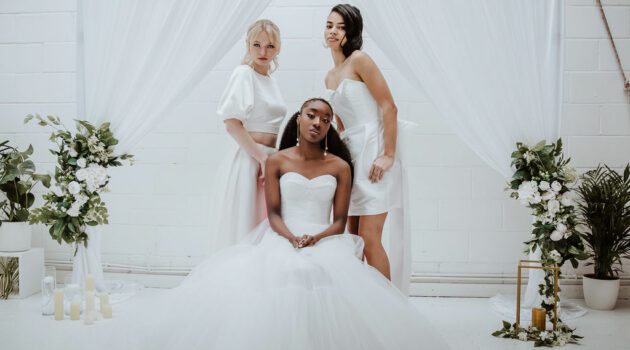
Hair & Make Up Tips & Trends for 2024
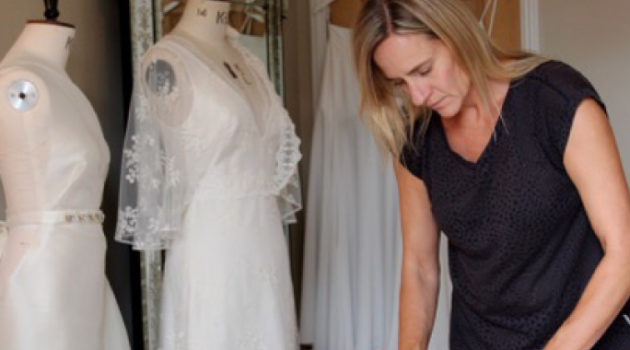
5 Reasons Why A Bespoke Wedding Dress Is The Best Option
